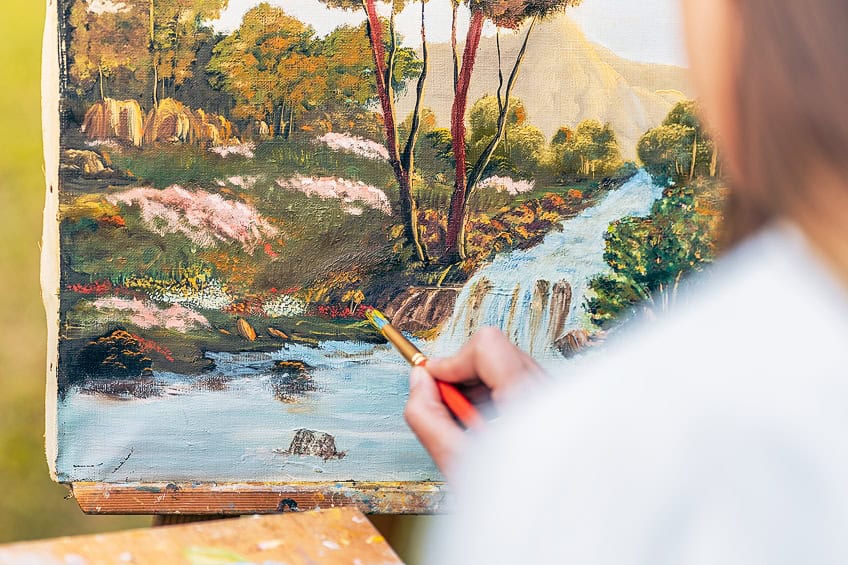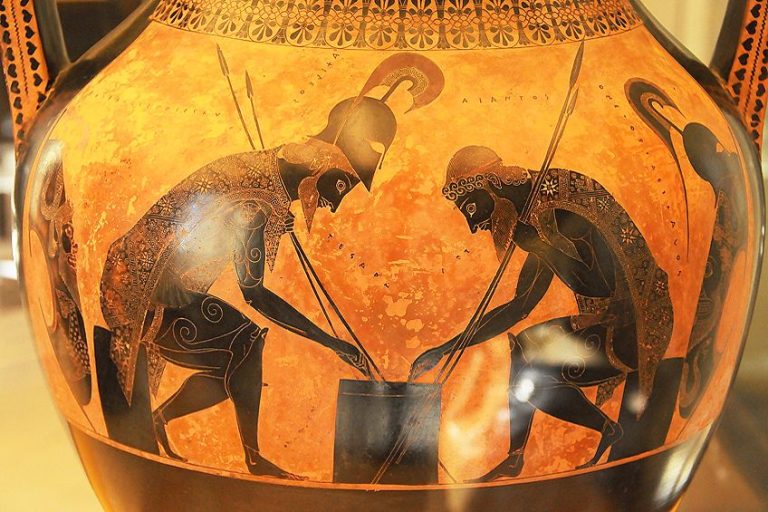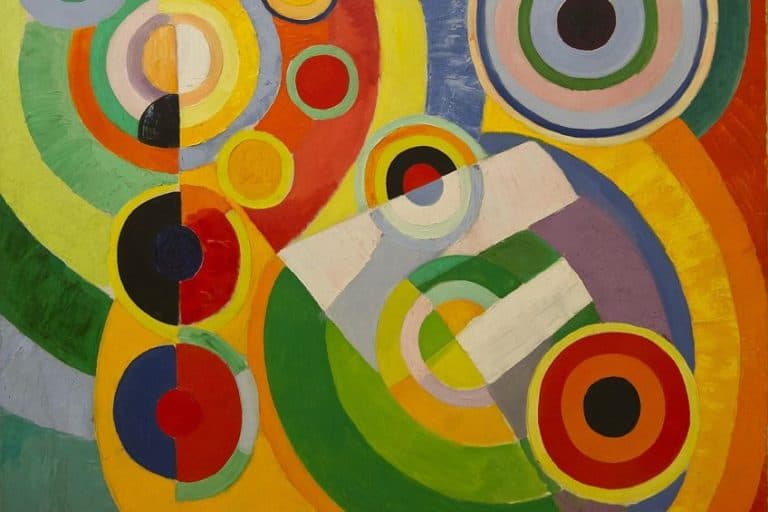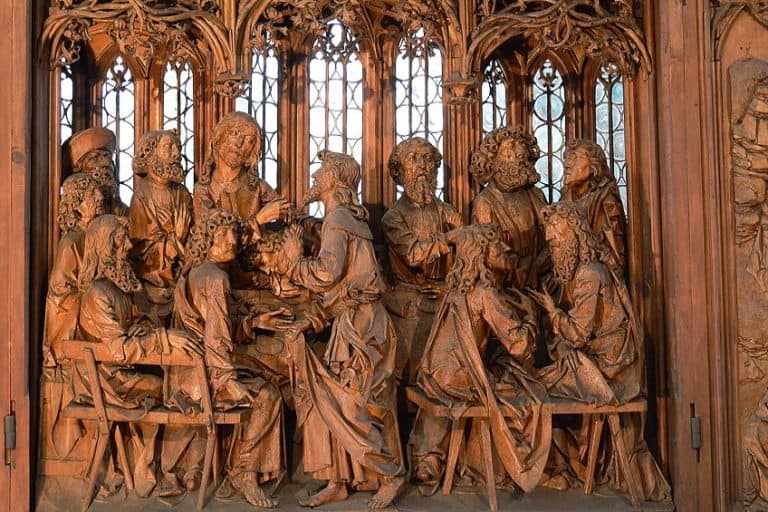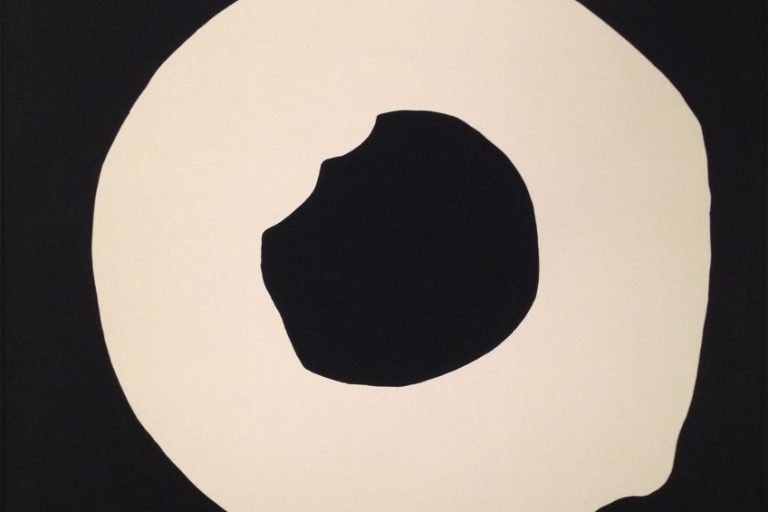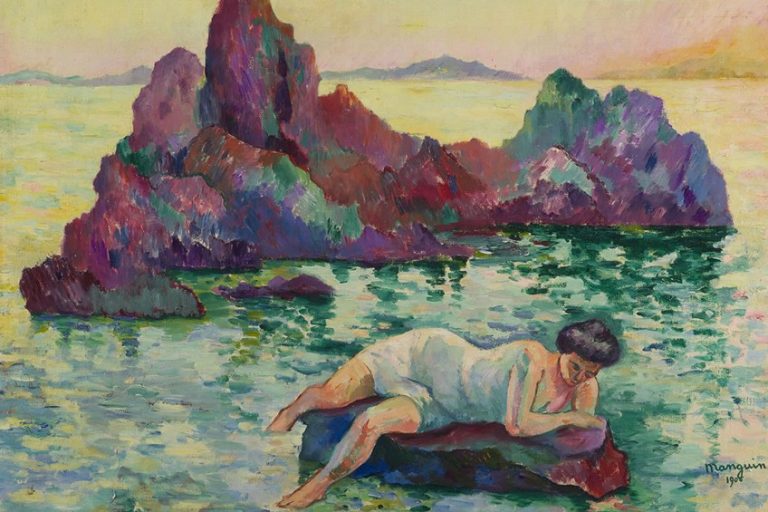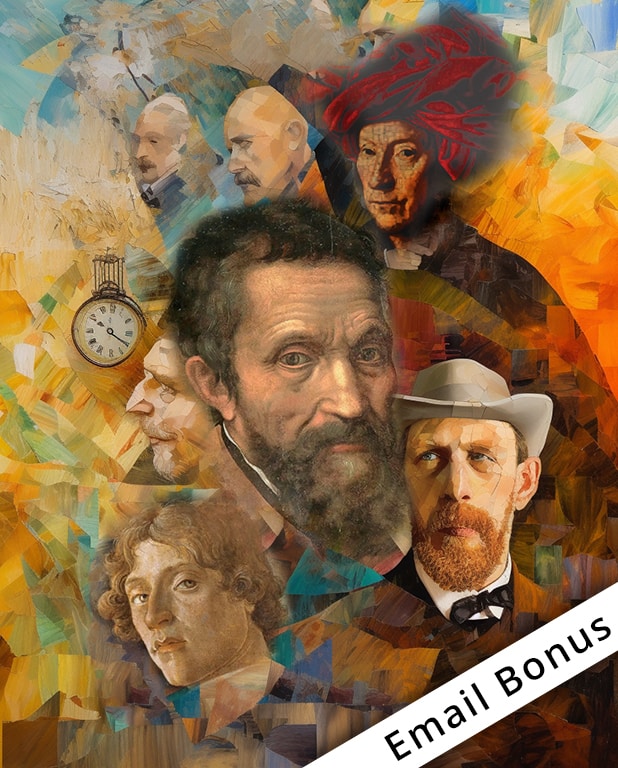Why Do People Make Art – Exploring Human Expression
People make art to express ideas and emotions that are often difficult to communicate with words alone. Creating art allows individuals to share their perspective, record important moments, and add beauty to their surroundings. Whether for personal reflection, connection, or simply enjoyment, art continues to be a vital part of human life.
The Fundamental Purposes of Art
Art serves multiple roles in human life, offering structured ways to explore identity, share concepts, process feelings, and find meaning in aesthetics. Each purpose has distinct effects on creators and those experiencing the work.
Self-Expression
Artists often use their work as a means to represent their personal experiences, identities, beliefs, or inner thoughts. Through choices of medium, technique, subject, and style, individuals can reveal aspects of themselves that might be difficult to convey through ordinary communication.

Self-expression in art spans from abstract paintings to autobiographical photography, allowing artists to assert their presence and unique outlook. For many, this process is rooted in the need for personal authenticity and autonomy.
Whether reflecting on cultural background or daily experiences, self-expression helps make sense of events and shifts in life. In turn, viewers can connect with these personal stories, relating them to their own experiences.
Communication of Ideas
Art is frequently designed to transmit messages or provoke thought. Unlike straightforward verbal or written explanation, visual or sensory art can address nuanced, complex, or even controversial topics in subtle but impactful ways.
Historically, many artists have tackled political, social, and philosophical issues through their work. Murals, sculptures, and installations often become cultural symbols, shaping discussions and influencing collective values.
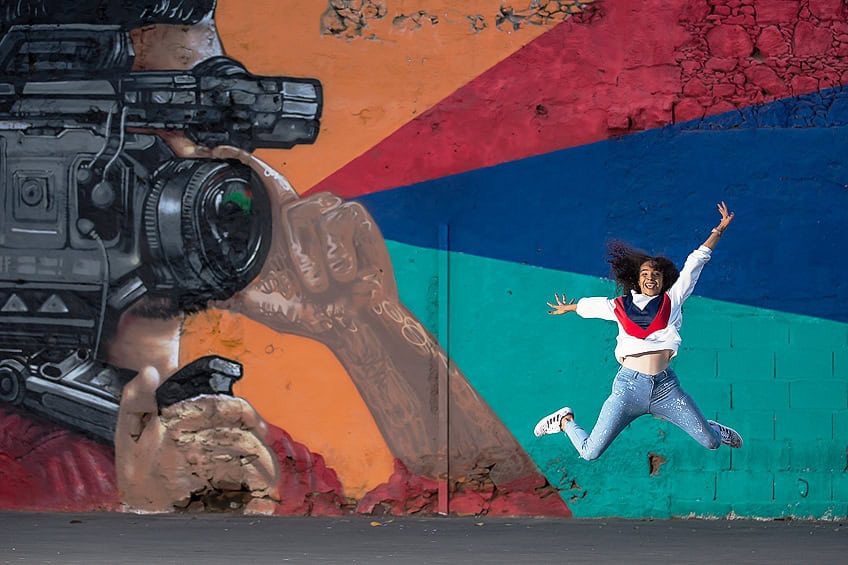
This function allows art to act as a bridge between individuals, communities, and generations. By embodying abstract notions such as freedom, justice, or conflict, art prompts audiences to reflect on their beliefs and encourages dialogue.
Emotional Release
The act of creating art can help individuals process and manage their feelings. Making art often provides a structured outlet for emotions such as anger, sadness, joy, or confusion. This phenomenon—sometimes called catharsis—serves both the artist and the viewer.
Painters may channel distress into bold color choices or aggressive brushwork, while musicians might turn heartbreak into melody and lyrics. This transformation of personal feeling into tangible form allows emotions to be examined more objectively.
Audience members also benefit. Observing emotionally charged works enables viewers to recognize and process their responses. In this way, art influences both personal well-being and greater emotional awareness.
Exploration of Beauty
Art offers an avenue to explore and appreciate beauty, both in natural and created forms. Many artists aim to highlight harmony, form, color, and balance, encouraging audiences to notice details they might otherwise overlook.
Beauty in art is not limited to traditional standards of attractiveness. Modern and experimental works often challenge perceptions and expand the definition of what is considered beautiful. Styles, materials, and subjects all play a role in this ongoing re-examination.
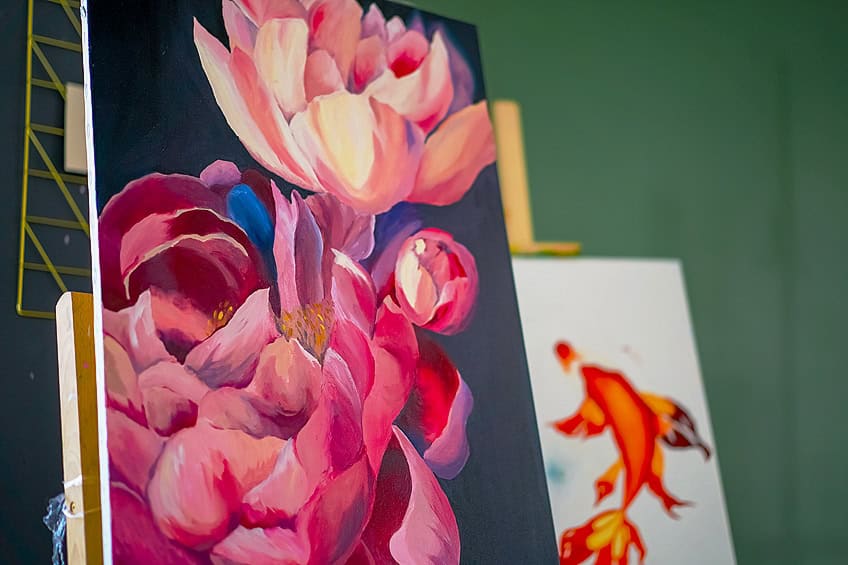
Experiencing beauty—whether in a painting, sculpture, or performance—can produce pleasure, wonder, and a sense of connection to the wider world. Engaging with beauty through art has been shown to enrich daily life and stimulate curiosity.
Art as a Social and Cultural Force
Art shapes how people think about themselves and others. It functions within society as both a mirror and a connector, enabling communication, reinforcing identity, and sparking unity in the community.
Fostering Community
Art plays a significant role in bringing people together. Shared artistic experiences, such as public murals or performances, create opportunities for interaction and collective expression. Local art projects and festivals often become central events that unite diverse groups, highlighting common values and experiences.

Artistic collaboration often breaks down barriers between individuals. Participation in workshops or public art initiatives encourages dialogue and empathy, helping people understand perspectives different from their own. Through these activities, communities develop a sense of belonging and shared purpose rooted in creative expression.
Various forms of art also serve as tools for social advocacy. Street art and community theater, for example, can address local issues, mobilize residents, or promote civic engagement. In this way, art not only entertains but also strengthens social ties and community identity.
Reflecting Culture
Art records, interprets, and transmits cultural values over generations. Artists often draw upon language, beliefs, and traditions to produce work that encapsulates the essence of a specific group or period. This allows future generations to understand how people saw themselves and their world at a particular time.
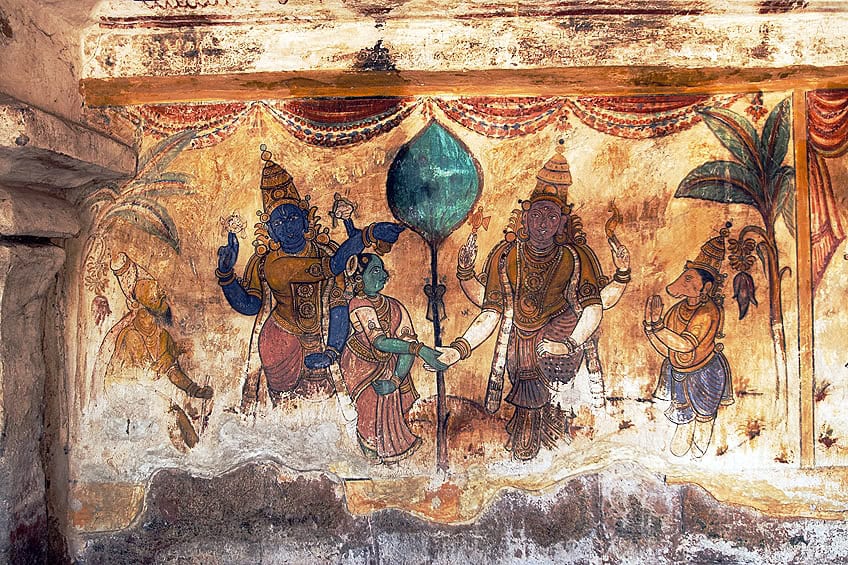
Cultural symbols and themes in art communicate what is meaningful to a society. Whether it is through sculpture, music, or visual arts, creators encode ideas that symbolize collective identity. For example:
| Art Form | Example | Cultural Role |
|---|---|---|
| Paintings | Indigenous cave art | Document ancient beliefs |
| Music | National anthems | Express national identity |
| Dance | Traditional folk dances | Preserve rituals and customs |
By preserving and showcasing narratives, art both shapes and reflects ever-evolving cultures. It acts as a record of change, showing how communities respond to political, social, and spiritual developments.
Connecting with the Audience
Artists engage their audience by creating work that resonates emotionally, intellectually, or aesthetically. This connection enables viewers to see familiar ideas in new ways, prompting reflection and discussion. An individual’s reaction to art often reveals shared experiences or values, building bridges between the creator and the public.
Art is also a tool for communication that extends beyond spoken language. Visual art, for instance, can convey complex concepts or emotions that may be difficult to articulate otherwise. This power to connect makes art an effective medium for advocacy or for prompting action around important societal topics.
Feedback from the audience can influence future artistic decisions. Exhibitions, performances, and even online platforms allow for interaction and dialogue. This continual exchange supports a dynamic relationship between artist and audience, sustaining the relevance and impact of art within society.
Art Across History
Art has played a crucial role in documenting societies, beliefs, and technological developments through time. Its forms have continually adapted, shaped by changing needs and environments.
Origins and Historical Significance
The earliest evidence of art dates back tens of thousands of years. Cave paintings, carvings, and small sculpted objects discovered in Africa and Europe reflect an early human urge to express and communicate. Many of these works are not purely decorative.
They likely served ritualistic purposes, marked territory, or preserved important stories and events. Materials such as ochre, bone, and stone were commonly used, enabling people to leave records long before written language.
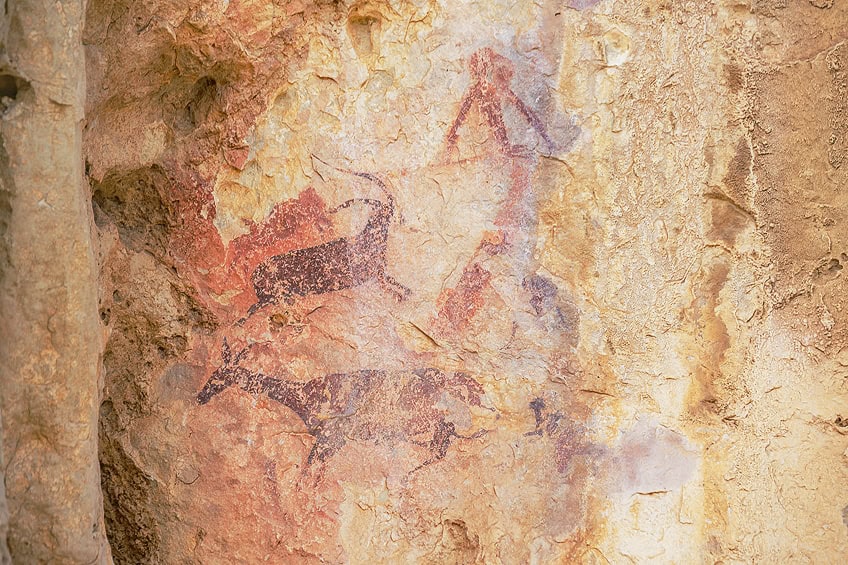
The historical importance of such art is multifaceted. Besides aesthetics, it reveals how ancient cultures viewed spirituality, community, and daily life. Artifacts uncovered from ancient sites often help historians piece together details about social hierarchies and migration.
Art History and Evolution
Art history is the study of visual works from ancient to contemporary periods, including drawings, painting, sculpture, and architecture. The field examines shifts in techniques, themes, and functions. Over centuries, new methods—such as fresco painting, oil on canvas, and metal casting—emerged, reflecting both technological and cultural shifts.
Major civilizations, like Ancient Egypt, Greece, Rome, and later the Islamic world, each contributed unique architectural innovations and art forms. For example:
| Civilization | Notable Art Form | Architectural Advancement |
|---|---|---|
| Ancient Egypt | Wall reliefs | Monumental pyramids |
| Greece | Marble statuary | Classical column orders |
| Rome | Mosaics and frescoes | Arches and domes |
| Islamic World | Calligraphy, geometry | Intricate tilework and mosques |
Through these examples, art reveals changing priorities—from religious devotion to the celebration of human achievement.

Art in Modern Times
The range of what is considered art expanded significantly over the last two centuries. Movements like Impressionism, Cubism, and Abstract Expressionism broke away from traditional realism, experimenting with technique, perspective, and concept. Artists began to prioritize self-expression and critique of society.
Modern art also embraces photography, digital media, and installation, widening what can be called art. Contemporary architecture uses glass, steel, and concrete, resulting in innovative skyscrapers and museums.
Today, art is both global and accessible. Institutions like museums, galleries, and online platforms help spread artistic developments and encourage public engagement with art history.
Storytelling and Sharing Experiences
Artists use their work to communicate stories and convey personal or collective experiences. Art often contains memories, emotions, or perspectives that reach beyond words, connecting viewers with the artist’s world.
Narrative in Art
Storytelling has long been a foundation of artistic creation. Visual art, music, literature, and performance often depict characters, events, and conflicts. Artists use narrative to give their work structure and purpose, allowing observers to find meaning or relate to the depicted themes.
Specific art forms, such as painting or sculpture, may use symbolism or visual cues to suggest a story or mood. In visual art, elements like composition, color, and subject matter guide the viewer’s interpretation. Many artists also combine text and imagery to enhance the narrative.
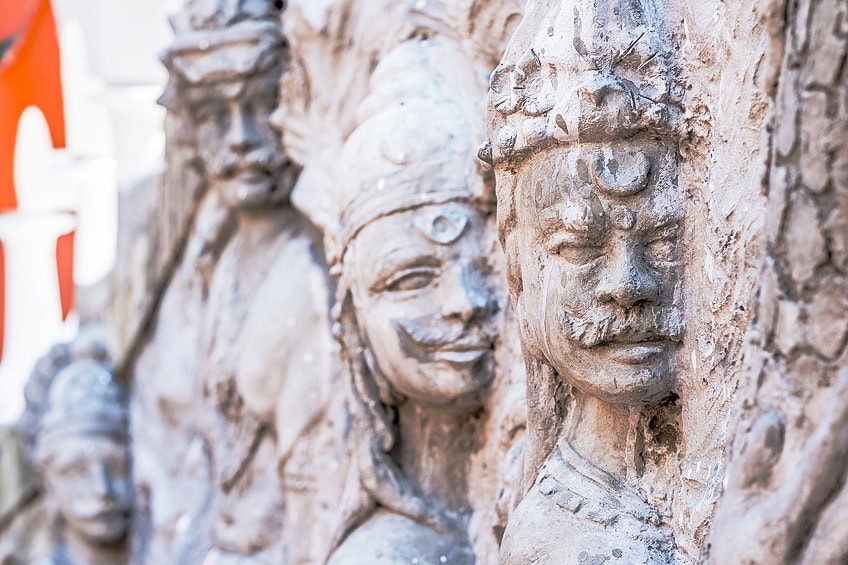
This method of storytelling lets people from diverse backgrounds connect with art even when they do not share the same language or culture. The universality of visual narratives allows stories to travel across generations and geographies.
Personal Experiences
Artists often draw from their own lives as a source of inspiration. By reflecting on moments, emotions, or challenges they have faced, they use art to process and share what they have learned. This personal approach helps to build trust and engagement with the audience.
Creating art from personal experience can be both therapeutic and informative. It enables the artist to express thoughts or feelings that might otherwise be hard to communicate. For the viewer, seeing authentic stories in art encourages empathy.
When an artwork is rooted in true experience, its impact can be greater. Viewers often recognize genuine emotion in an image, song, or story, helping to form a deeper connection with the artist’s intent.
Preserving Memories
Across cultures, art has served as a record of memories and events. Individuals might create paintings, photographs, or written works to remember a place, commemorate a person, or mark a significant occasion. This preservation is both personal and communal.

By documenting memories through artistic means, societies ensure that important experiences or stories are not forgotten. Historical events, rites of passage, and everyday life become accessible to future generations through visual records.
Lists, diaries, and photo albums are examples of everyday art that capture memory. These works are not only valued for their aesthetic qualities but for their role as tangible links to the past.
The Transformative Power of Art
Art holds the capacity to reshape how people perceive themselves and the world around them. Through encounters with beauty, strong emotions, and new perspectives, art acts as a catalyst for change in thought, feeling, and relation to others.
Inspiring Awe
Artworks can create moments of awe that disrupt ordinary experience. A painting’s color, the scale of a sculpture, or the sweep of a symphony can trigger a physical response—goosebumps, a rush of adrenaline, or a quiet sense of wonder.

This feeling of awe often emerges from encounters with beauty or the mastery behind an artistic creation. Awe can reset mental patterns, open up new ways of seeing, and foster humility.
Participating in or viewing art can prompt reflection on one’s place in the world. It may even increase openness to unfamiliar ideas or cultures. For some, these moments offer clarity or inspire new personal meaning.
Stimulating Thought
Art is not just for decoration. It stimulates the mind through symbols, metaphors, and unexpected juxtapositions. Many artists use their work to explore complex social, philosophical, or psychological themes.
According to recent research and commentary, art can drive critical thinking and spark new ideas. Viewers often find themselves questioning assumptions or reconsidering entrenched beliefs.
Art installations, visual art, and literature can all present challenging content that invites dialogue. This ability to stimulate thought makes art an effective tool for education and lifelong learning.
Encouraging Empathy
Art provides a window into someone else’s emotions or worldview. When people engage with art that expresses joy, pain, fear, or hope, it helps them connect with those feelings—even if the experiences are not their own.
By depicting individual or collective struggles, art can bridge gaps between communities or cultures. Experiencing a narrative through film or feeling the emotion in a portrait can make distant stories more relatable.

Some research suggests this process strengthens empathy. Through art, people practice recognizing and understanding diverse emotions, supporting personal growth and social harmony.
Educational and Professional Motivations
People create art not only for personal expression but also due to structured learning experiences and career ambitions. Art schools and related professions play major roles in shaping why and how individuals engage in art-making.
Learning at Art School
Art schools provide structured environments where students can develop their creative abilities through guided instruction, practice, and feedback. Coursework often covers drawing, painting, sculpture, digital media, and art history. Instruction is usually supplemented by critiques and collaborative projects, enabling students to learn from peers as well as teachers.
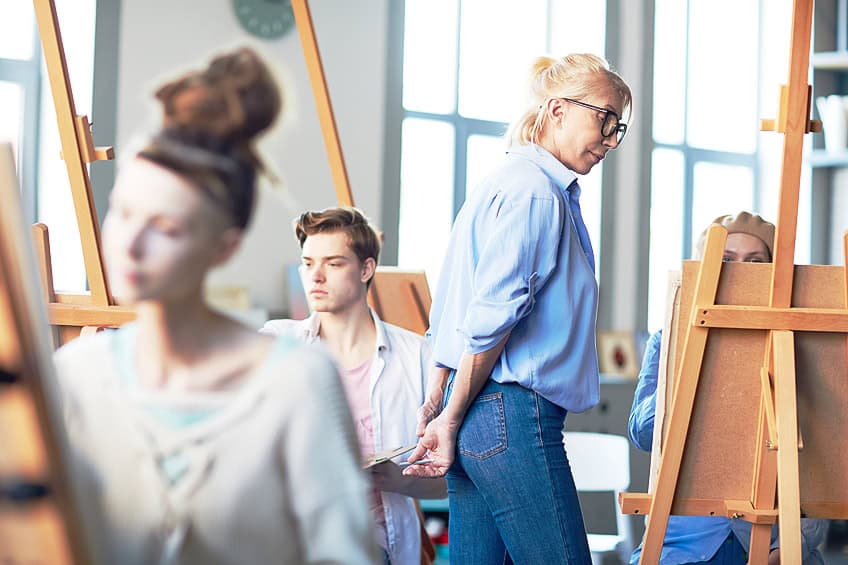
Art schools also give students access to resources like studios, equipment, and galleries. Exposure to different artistic styles and critical perspectives helps them refine their own artistic voices. Many programs emphasize interdisciplinary work, allowing students to blend various media and concepts.
These institutions foster professional habits such as time management, portfolio development, and responding to constructive criticism. As a result, students are not just learning techniques but are preparing for real-world challenges in the art field.
This blend of technical training, exposure, and critical engagement sets a foundation for future professional work.
Artistic Careers and Professions
Many individuals make art with the intention of building a career in creative industries. Professions include fine artists, illustrators, animators, designers, educators, and curators. Each role requires a combination of technical skill and creative problem-solving.
Career paths in art often require networking, self-promotion, and the ability to adapt to new media and changing trends. Professional artists may work independently or as part of organizations such as galleries, museums, or design firms. Some also teach, sharing knowledge while maintaining their own creative practices.

A key motivator for pursuing art professionally is the opportunity to contribute to cultural life and society. Many also find satisfaction in teaching and mentoring future artists, which can be both financially and personally rewarding. The diversity of potential roles reflects the multifaceted nature of art as both a discipline and a profession.
Frequently Asked Questions
What drives individuals to create artwork?
Many people create art to communicate emotions and ideas that are hard to express in any other way. Others turn to art for self-discovery, building confidence, and forming their identities.
How do people derive enjoyment from art?
People often find satisfaction in the creative process, enjoying both the act of making art and the sense of accomplishment it brings. Participating in art activities also helps build connections with others and can be a source of fun or stress relief.
In what ways does art play a significant role in human culture?
Art functions as a tool for cultural storytelling and preserving collective memory. It helps unite individuals, develops shared identities, and fosters understanding within communities.
Isabella studied at the University of Cape Town in South Africa and graduated with a Bachelor of Arts majoring in English Literature & Language and Psychology. Throughout her undergraduate years, she took Art History as an additional subject and absolutely loved it. Building on from her art history knowledge that began in high school, art has always been a particular area of fascination for her. From learning about artworks previously unknown to her, or sharpening her existing understanding of specific works, the ability to continue learning within this interesting sphere excites her greatly.
Her focal points of interest in art history encompass profiling specific artists and art movements, as it is these areas where she is able to really dig deep into the rich narrative of the art world. Additionally, she particularly enjoys exploring the different artistic styles of the 20th century, as well as the important impact that female artists have had on the development of art history.
Learn more about Isabella Meyer and the Art in Context Team.
Cite this Article
Isabella, Meyer, “Why Do People Make Art – Exploring Human Expression.” Art in Context. January 18, 2025. URL: https://artincontext.org/why-do-people-make-art/
Meyer, I. (2025, 18 January). Why Do People Make Art – Exploring Human Expression. Art in Context. https://artincontext.org/why-do-people-make-art/
Meyer, Isabella. “Why Do People Make Art – Exploring Human Expression.” Art in Context, January 18, 2025. https://artincontext.org/why-do-people-make-art/.


